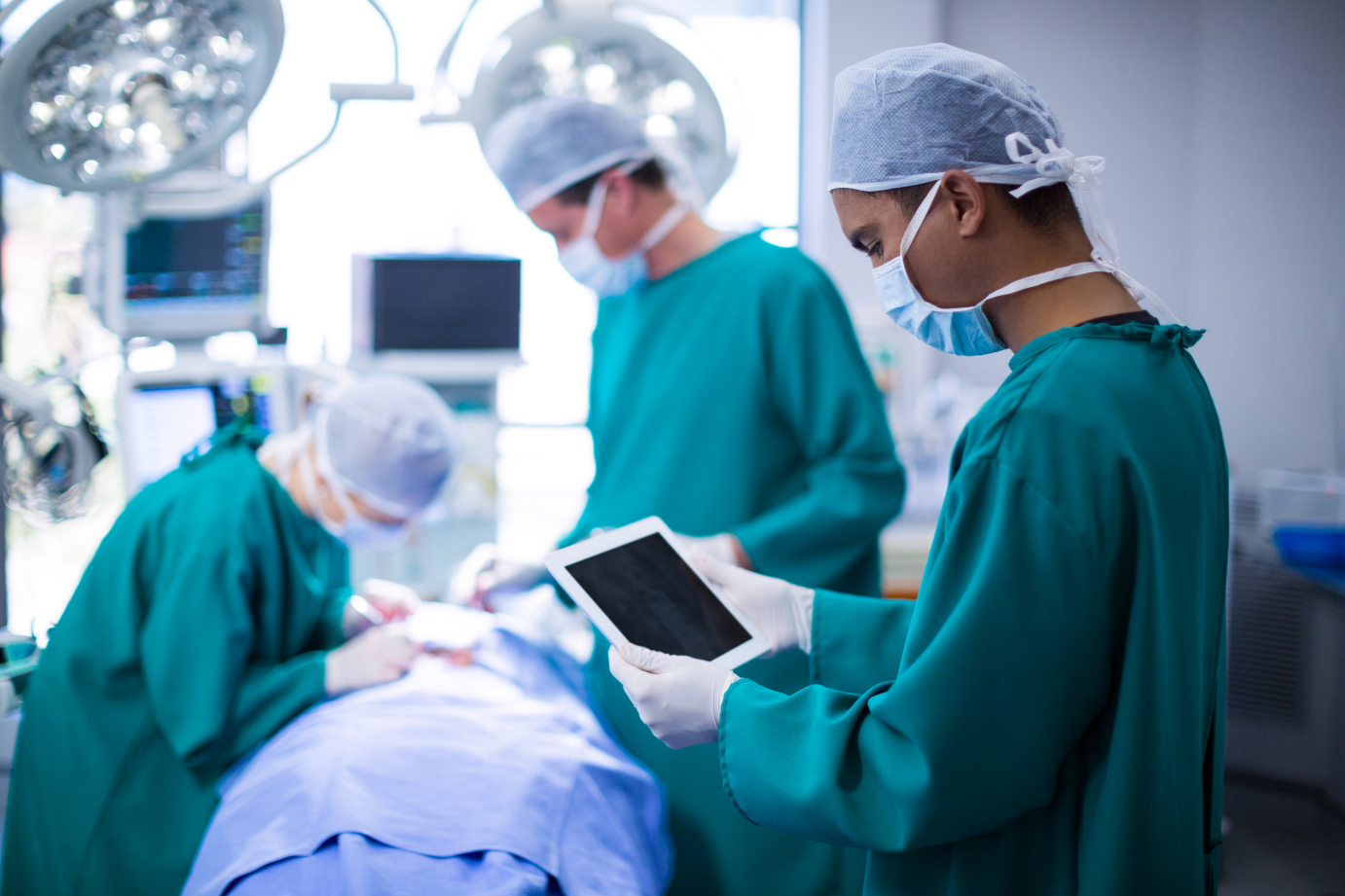General Health | 5 min read
What is Laparoscopy? How Long Does It Take to Recover From Laparoscopy?
Medically reviewed by
Table of Content
Key Takeaways
- Laparoscopy allows specialists to view the organs in the abdomen in real-time and without the need for open surgery.
- Risks related to it occur in the form of infection, bleeding, or damage to the organs.
- To speed up recovery, one should take maximum amount of rest and sleep more.
Among the many obligations in life, staying in the pink of health is one that should be actively prioritised. On one hand, do all you can to maintain your well-being naturally and on the other, proactively deal with illnesses, be it before or as they crop up. A good way to stay ahead of health problems and have underlying conditions addressed before they worsen is to undergo diagnostic tests. There are quite a few different types, such as biopsies, x-rays, and pregnancy tests, but laparoscopy is one of these that requires surgery.
Simply put, diagnostic laparoscopy allows specialists to view the organs in the abdomen in real-time and without the need for open surgery. Here, a laparoscopic surgeon makes tiny incisions and uses technology for a clearer look at the organs in the abdomen. This diagnostic procedure has immense value in coming to a conclusive diagnosis for particularly difficult health conditions. To better understand it, here are answers to common questions asked about laparoscopy or diagnostic laparoscopy.
What is a laparoscopy?
A laparoscopy is surgical diagnostic procedure doctors use to examine the organs within the abdomen. It is an invasive procedure as a laparoscopic surgeon makes small incisions and inserts a laparoscope into the body. This is a long, thin tube with a high-resolution camera and high-intensity light at the front. Using it, doctors can examine the area along the abdomen in real-time to spot any abnormalities in the organs. It is at this stage that doctors can also do biopsies, if needed, based on the imaging results.
Hospitals and clinics perform laparoscopy surgeries and patients are usually discharged the same day. Doctors usually administer general anaesthesia, which means you’ll be unconscious during the procedure and will feel no pain whatsoever. The incision is made below the belly button and then carbon dioxide is used to inflate the abdomen for a better picture of the organs. Typically, anywhere between 1 and 4 incisions are made, each up to 2 centimeters in length; however, the number of incisions may vary based on the need. The doctors stitch up the incisions after completing the examination. In some cases, doctors may administer local anaesthesia, which means you’ll be awake for the procedure, but feel no pain.
Why is laparoscopic surgery done?
Besides examining the organs in the abdomen, laparoscopy is also done to pinpoint the source of discomfort in the area. It is the last-ditch effort to come to a conclusive diagnosis and due to its invasive nature, it is very effective. The need for it can arise when other imaging techniques like a CT scan, ultrasound, or MRI scan don’t provide enough data for a diagnosis. Moreover, due to the fact that surgery is involved, it is also during this time that doctors can perform biopsies of certain organs for testing.
Here’s a list of organs that are examined during a laparoscopy procedure.
- The small and large intestine
- Spleen
- Reproductive or pelvic organs
- Liver
- Gall bladder
- Appendix
- Pancreas
- Stomach
Are there risks involved with the surgery?
Given that it does involve surgery and is invasive in nature, there are risks tied to undergoing a diagnostic laparoscopy. These could be either in the form of infection, bleeding, or damage to the organs. While these are rare, it is important to know that such problems are possible and these are the symptoms to look out for.
- Intense abdominal pain
- Shortness of breath
- Light-headedness
- Inability to urinate
- Nausea
- Fever or chills
- Coughing
- Swelling, bleeding, or drainage at the incisions
These, along with inflammation of the abdominal wall, blood clots, and complications with general anaesthesia are possible risks of laparoscopy. In some cases, these risks outweigh the benefits and doctors may advise against the procedure altogether. It is thus best to undergo the procedure only when recommended by your doctor.
How can you prepare for the surgery?
Preparation for this procedure is fairly simple and starts with informing your doctor of the medication you’re currently taking. Based on these and if they can affect the surgery, the doctor may alter the dosage or ask you to pause medication momentarily. These generally include:
- Blood thinners or anticoagulants
- Dietary supplements
- Vitamin K
- Nonsteroidal anti-inflammatory drugs (NSAIDs)
In addition to adjusting medications, doctors may also require you to undergo other imaging procedures to better understand the abnormality that needs to be examined, thus improving its effectiveness.
What is the recovery period after laparoscopy surgery?
As there is surgery involved, there is a recovery period for the incisions and the effects of the anaesthesia. Depending on the type of anaesthesia, you may need a few hours to recover from its effects. This is why it is recommended to arrange transportation to and from the procedure.
As for the incisions, these can take a few days to heal and in some cases, you may need medication to ease through the recovery phase. However, it is important to note that this is an outpatient procedure. You will be discharged on the same day and may only be kept for observation for a few hours to monitor your vitals.
To speed up recovery, which can take up to a week, you should:
- Sleep more
- Do some light activity to avoid blood clots
- Consume throat lozenges
- Wear loose clothing
Healing Fast
Understanding all you can about this diagnostic procedure is important as gives you some insight on what to expect. Moreover, there are common conditions like endometriosis, infertility, or chronic pelvic pain that require such a diagnostic procedure to help manage or treat symptoms. Whatever the need, be sure to find the best laparoscopic surgeons in your vicinity, which is easy and convenient using the best healthcare platform provided by Bajaj Finserv Health.
It allows you to access a range of benefits to simplify and speed up access to quality healthcare. It is loaded with features, which include the ability to search for the best laparoscopy and other specialists, book appointments at clinics online, and also book e-consultations via video. To add to that, you can also maintain digital patient records using the Health Vault feature and send these over to your doctor digitally for an online consultation.
References
Disclaimer
Please note that this article is solely meant for informational purposes and Bajaj Finserv Health Limited (“BFHL”) does not shoulder any responsibility of the views/advice/information expressed/given by the writer/reviewer/originator. This article should not be considered as a substitute for any medical advice, diagnosis or treatment. Always consult with your trusted physician/qualified healthcare professional to evaluate your medical condition. The above article has been reviewed by a qualified doctor and BFHL is not responsible for any damages for any information or services provided by any third party.




